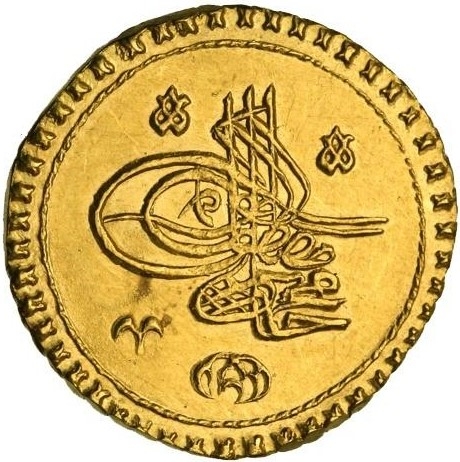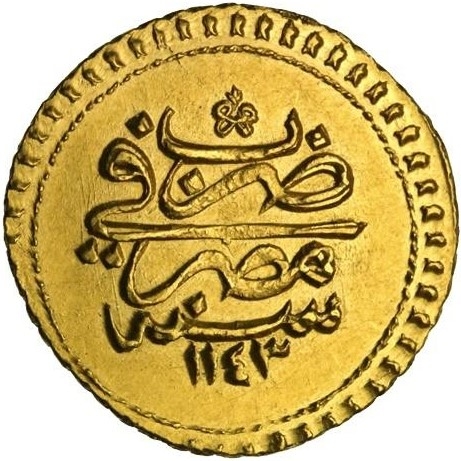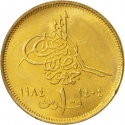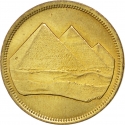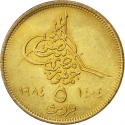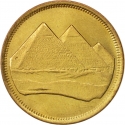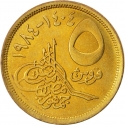You are about to finish your registration. Please check your mailbox (including spam folder). There should be a letter with a confirmation link. Check setting to make sure that your e-mail address is correct.
Send letter againDescription
Mahmud I (1696– 1754), known as Mahmud the Hunchback, was the Sultan of the Ottoman Empire from 1730 to 1754. He took over the throne after the Patrona Halil rebellion and he kept good relations with the Mughal and Safavid Empires.
The Eyalet of Egypt operated as an administrative division of the Ottoman Empire from 1517 to 1867. It originated as a result of the conquest of Mamluk Egypt by the Ottomans in 1517, following the Ottoman–Mamluk War (1516–17) and the absorption of Syria into the Empire in 1516. Egypt always proved a difficult province for the Ottoman Sultans to control, due in part to the continuing power and influence of the Mamluks, the Egyptian military caste who had ruled the country for centuries.
The word zinjirli (“chain-like”) refers to the fine-linked border but the coin was affectionately known as funduq or fındık (“hazelnut”).
Obverse

|
Tughra in Mahmud I name, knots and ornaments, within roped border, outer border of small ornaments. محمود خان بن مصطفى |
|---|---|
Reverse

|
Ottoman Turkish legend "Struck in Egypt" and the accession year in Hejira (AH1143) below with mystic knot above. ضرب في |
| Edge |
